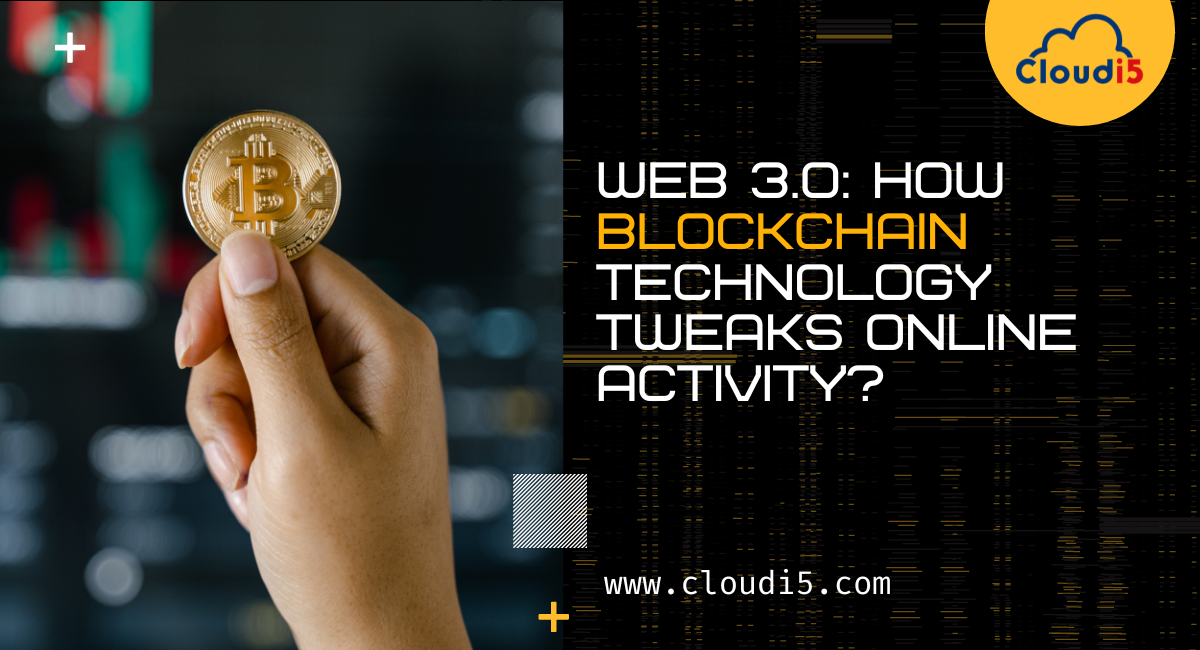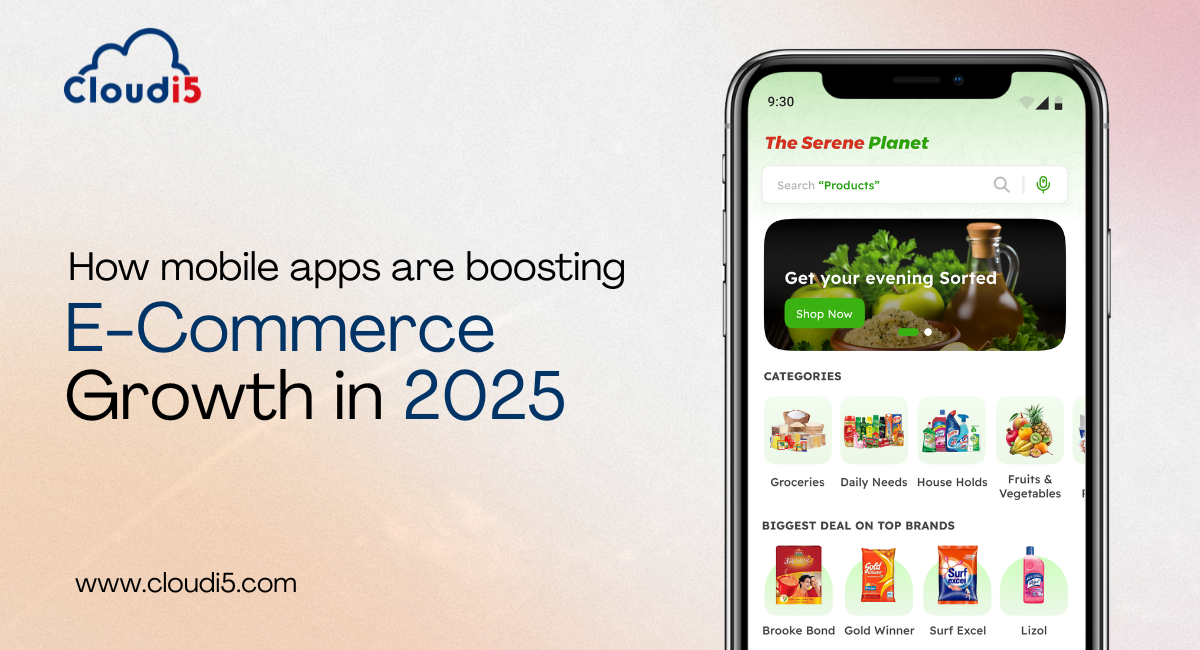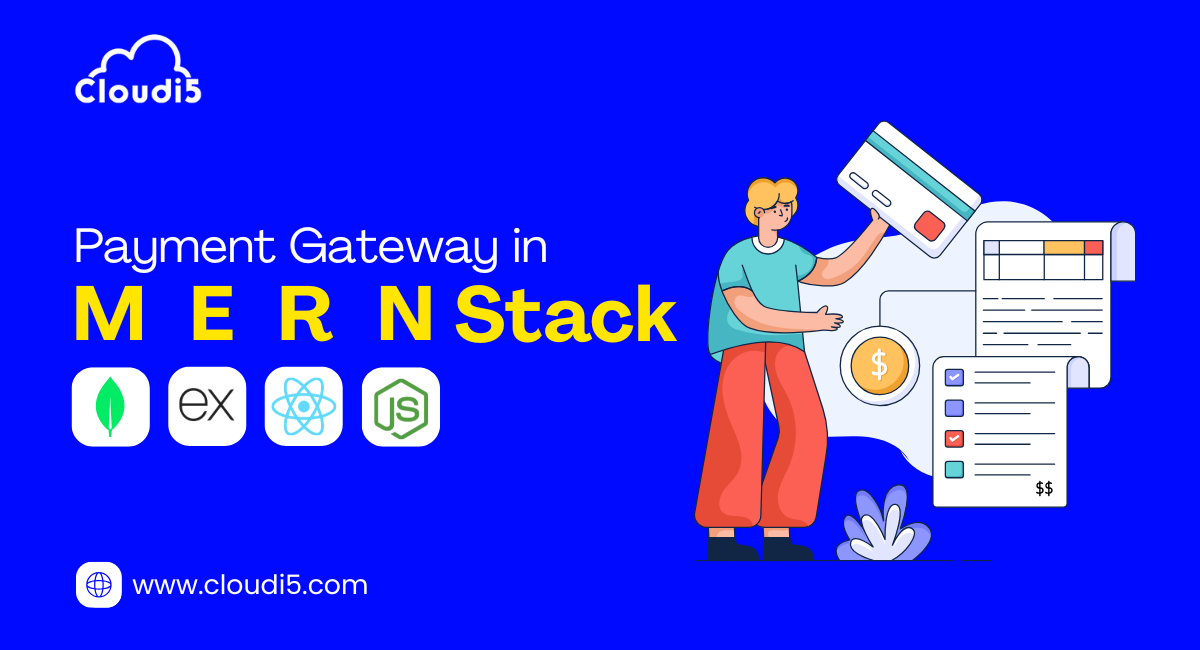
What Is Web 3 ? Web 3.0 Vs Web 4.0
Imagine the internet where you are the true master of your digital identity and data - that's the essence of Web 3.0. Unlike its predecessors, Web 3.0 goes beyond static web pages and centralized platforms. It is the next evolution of the internet, promising an enormous change in how we connect with the digital world.
What is Web 3.0?
Web 3 or Web 3.0, is based on decentralization, artificial intelligence (AI), and blockchain technology. Web3 is the third generation of the internet, built on blockchain technology and artificial intelligence to increase security and transparency while providing more individualized and intelligent responses than the existing web.
What is the difference between Web 1.0, Web 2.0, and Web 3.0 ?
The evolution of the web3 technology started with Web 1.0 (1990s), which was read-only web, where users could only consume content. The second, Web 2.0 (2000s), was the read-write web, where users can create as well as share content. Now Web 3.0 is still under development and is expected to be a more decentralized and user-centric web. Web 3.0 makes use of dapps, which are blockchain-based programs that are not controlled by a central authority.
| Features | Web 1.0 | Web 2.0 | Web 3.0 |
|---|---|---|---|
| Websites | Static | Dynamic | Decentralized |
| Communication | One-way | Two-way | Two-way |
| User role | Consumer | Producer and consumer | Owner |
| Technologies | HTML,CSS, JavaScript | HTML,CSS, JavaScript, PHP, MySQL | HTML,CSS, JavaScript, Solid, IPFS, Ethereum |
| Key features | Read-only web | Participative web | Decentralized web |
| Examples | Wikipedia, Google Search | Facebook, Twitter, YouTube | Decentraland, Uniswap, Axie Infinity |
Blockchain and Web 3.0 :
Blockchain technology serves as the backbone of Web 3, providing the infrastructure for a decentralized network. By distributing data and applications across a network of nodes, Blockchain eliminates the need for central authorities, putting users back in control of their digital lives.
You may also like to read: the role of Blockchain in web development and blockchain technology in ecommerce
Web 3.0 Use cases And Applications
Lets take a look at some of the most promising use cases of Web3 :
1. Decentralized finance(DeFi):
DeFi is a decentralized financial platform that runs its system on blockchain technology. This means that users can have more control over their finances without intermediaries, such as banks or financial institutions.
2. Non-fungible tokens (NFTs):
NFTs are exclusive digital assets that cannot be replaced. They can serve as a representation of ownership for digital goods like music, artwork, and videos. Web3's blockchain-based NFTs provide proof of authenticity, scarcity, and ownership,
3. The Metaverse:
The Metaverse is a virtual world built on blockchain technology. It is a spot where individuals can engage deeper with digital content. The metaverse can potentially transform how we interact with the internet and other people.
4. Smart contracts:
Smart contracts are autonomous contracts that are stored on a blockchain. Smart contracts are being used to automate various transactions, such as financial and legal contracts.Users can lend, borrow, trade, and earn interest on cryptocurrencies through smart contracts, ensuring transparency, security, and user control over their funds.
5. Decentralized Governance:
Web3 enables decentralized autonomous organizations (DAOs), where decision-making is distributed among token holders.These DAOs can be used for community governance, funding proposals, and managing resources in a transparent and democratic manner.
6. Content Monetization:
Web3 allows content creators to be directly compensated for their work through microtransactions or subscriptions without needing third-party intermediaries. Decentralized social media platforms enable users to own and control their data, reward content creators directly, and foster censorship-resistant communication.
7. Gaming:
Web3 can be used to create more immersive and engaging gaming experiences. For example, players can own their in-game assets, such as weapons and skins, and they can trade these assets with other players.
8. Supply chain management:
Web3, powered by blockchain technology, tracks the movement of goods and services more transparently and securely. This reduces fraud and ensures that products are not counterfeited.
9. Voting:
Web 3.0 technologies can provide secure and transparent voting systems, that prevent election manipulation and fraud. It can also enable remote voting and increase voter participation.
10. Education:
It creates more personalized and engaging educational experiences. For example, students can earn NFTs for completing coursework and use these NFTs to access exclusive content and resources.
11. Healthcare and Medical Records:
Web3's secure and tamper-resistant Blockchain can improve the management and accessibility of medical records. Patients can control who has access to their data, enhancing privacy and facilitating data interoperability.
12. Initial coin offerings (ICOs):
Initial coin offerings (ICO) are a way for new businesses to raise funds by selling tokens to investors. ICO in Web 3.0 funds the development of new decentralized applications (dApps) and new decentralized exchange(DEX).
These are just a few of the many potential use cases of Web3. As technology advances, we should expect to see more imaginative and outstanding Web3 applications.
Pros and cons of Web3.0
Pros:
1. Security: Web3.0 is more secure than the current web because it is not controlled by any single entity. This makes it more difficult for hackers to attack the network.
2. Transparency: All Blockchain transactions are transparent, which makes it difficult to commit fraud and corruption.
3. User control: Web3.0 gives users more control over their data and privacy.
4. Innovation: Web3.0 could lead to more innovation on the internet because of its open and decentralized platform.
Cons:
1. Complexity: Web3.0 is a complex technology, which could make it difficult for some users to adopt.
2. Regulation: The regulatory landscape for Web3 is still evolving, which could create uncertainty for businesses and users.
3. Security: Blockchain technology is still in its early stages, and some security breaches have occurred. This could raise concerns about the security of Web 3.0.
If you want to learn more, many resources are available online. You can also find several Web3.0 courses that can teach you the basics of this new technology.
Web 3.0 Vs Web 4.0 :
Web 3.0 and Web 4.0 are the forthcoming stages of web evolution, still in their early developmental phases. Web 3.0 concentrates on decentralization and heightened intelligence, whereas Web 4.0 is geared towards elevating interactivity and immersion.
The distinction between Web 3.0 and Web 4.0 is elaborated in this comparative breakdown:
|
Aspect |
Web 3.0 |
Web 4.0 |
|
Decentralization |
Transition towards decentralization, where data and applications are owned by individuals and entities rather than large corporations. |
Further deepens decentralization, shaping the web into a global network of interconnected devices and systems. |
|
Intelligence |
Integration of AI and machine learning to tailor the web experience for individual users. |
Utilization of AI and machine learning to establish a more dynamic and immersive online encounter. |
|
Interoperability |
Facilitation of seamless communication among different devices and applications. |
Streamlining web interaction through diverse interfaces such as voice, gesture, and brain-computer interfaces. |
|
Security |
Utilization of blockchain to enhance web security and ensure data integrity. |
Implementation of advanced security measures to safeguard user privacy and data. |
The exact timeline for full realization of Web 4.0 remains uncertain, but it holds the potential to reshape internet interaction. By intensifying interactivity, immersion, and security, Web 4.0 could effectively empower the internet as a potent and invaluable tool for all.
Here are specific instances illustrating the potential applications of Web 4.0:
Virtual and Augmented Reality: Web 4.0 could enable users to engage with websites and applications through virtual or augmented reality, forging a more authentic and immersive online experience.
Smart Homes: Web 4.0 might facilitate the creation of intelligent homes controlled through voice commands or gestures, simplifying the management of household appliances and systems.
Autonomous Vehicles: Web 4.0 has the potential to advance self-driving cars that communicate among themselves and with their surroundings, augmenting road safety and efficiency.
Healthcare Progress: Web 4.0 could pave the way for personalized healthcare solutions tailored to individual needs, resulting in earlier disease detection and treatment.
These examples only provide a glimpse into Web 4.0's potential. As technology progresses, we can anticipate an array of innovative applications emerging in the years to come.
Conclusion
We hope you found this blog informative. If you have any questions, please feel free to leave a comment below. For all your digital solutions, don't forget to visit our one-stop destination. Stay curious, stay informed, and together, let's shape the digital landscape of tomorrow. See you on the decentralized side of the web!
Trusted By












Leave Comments